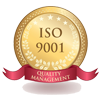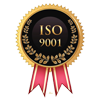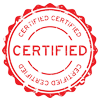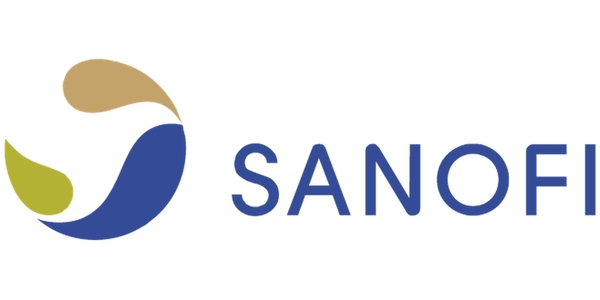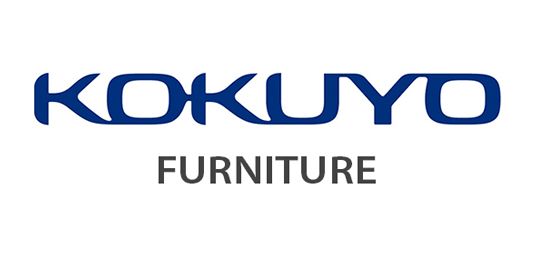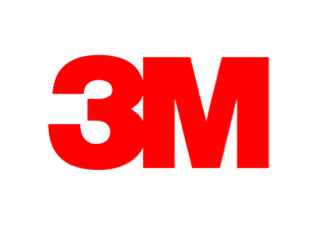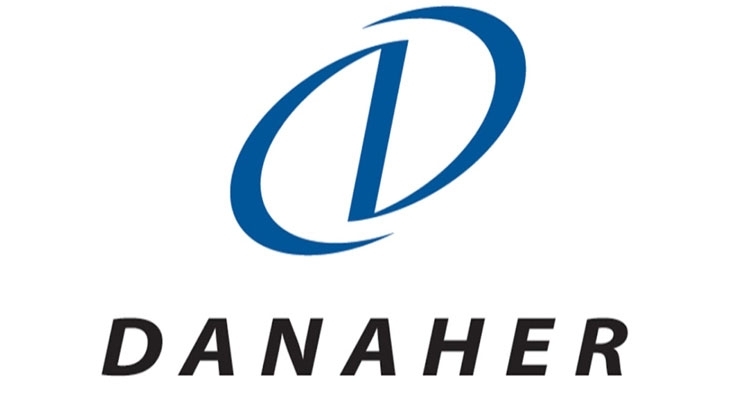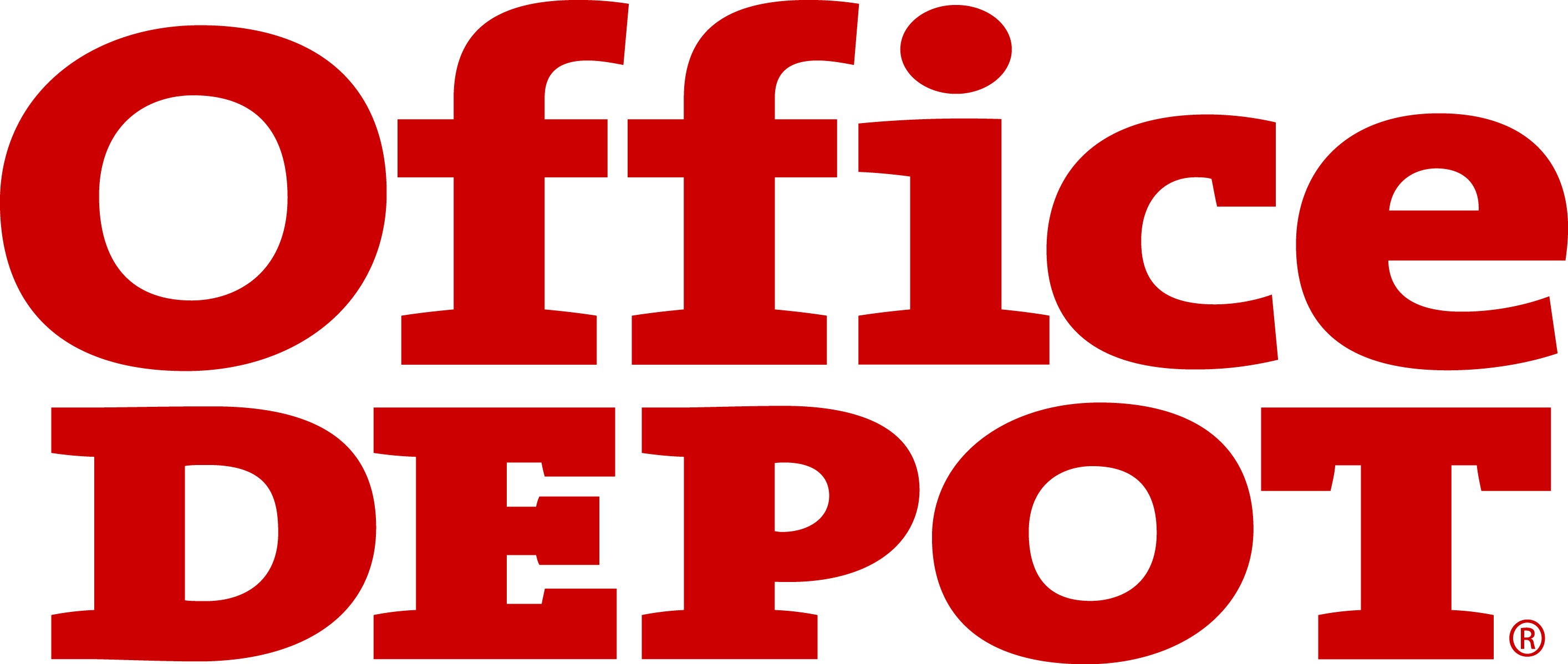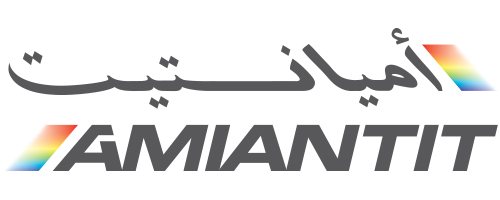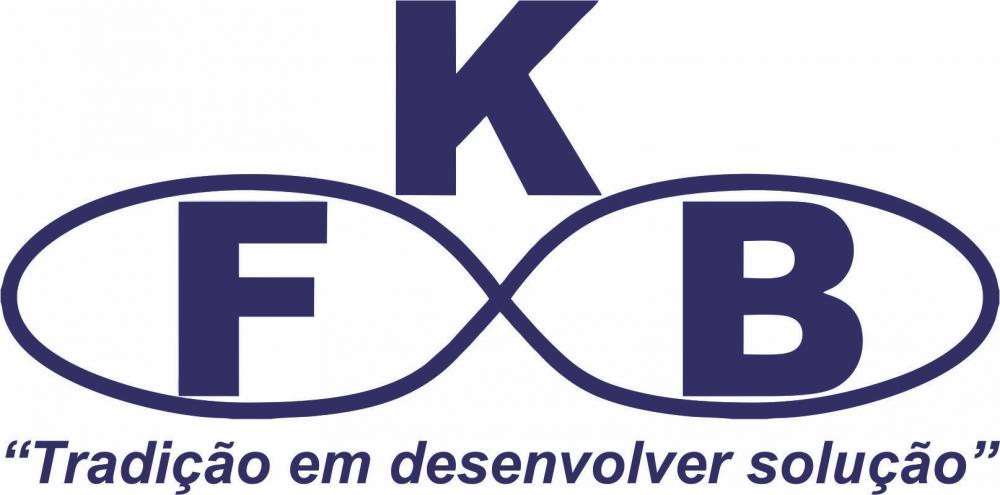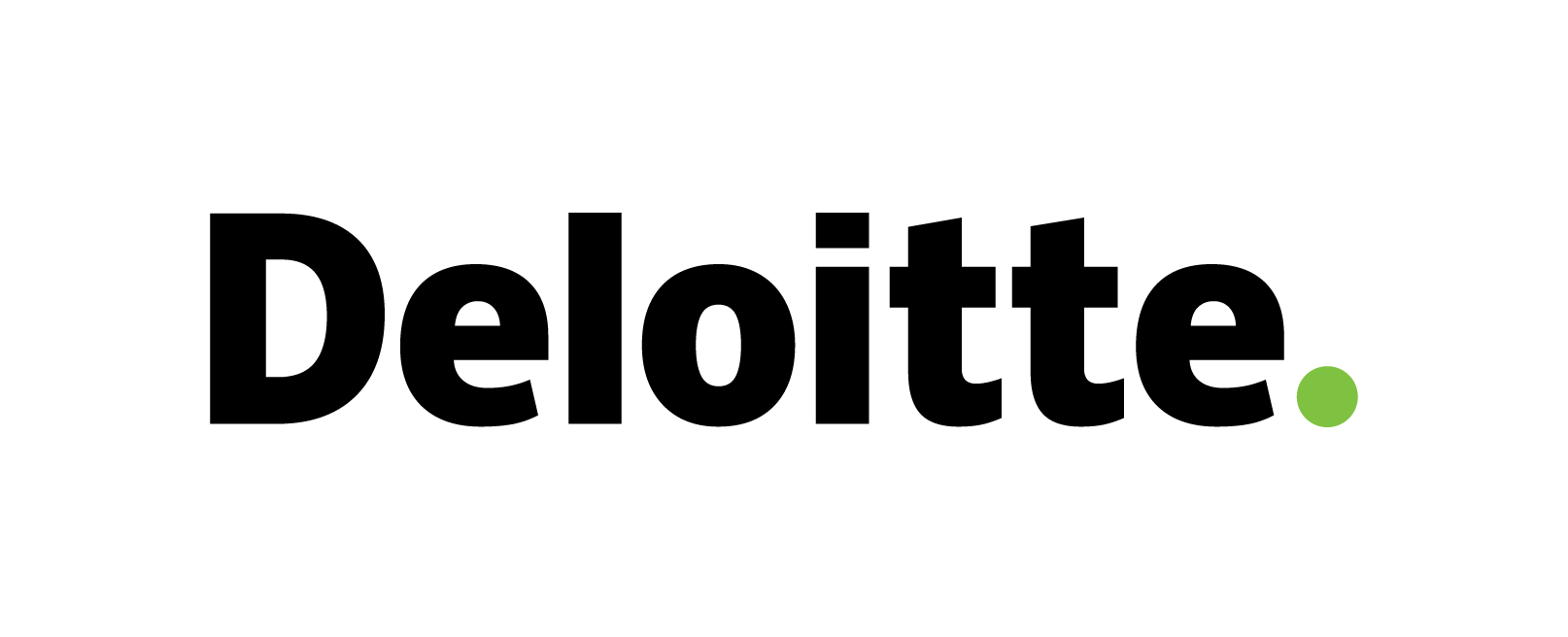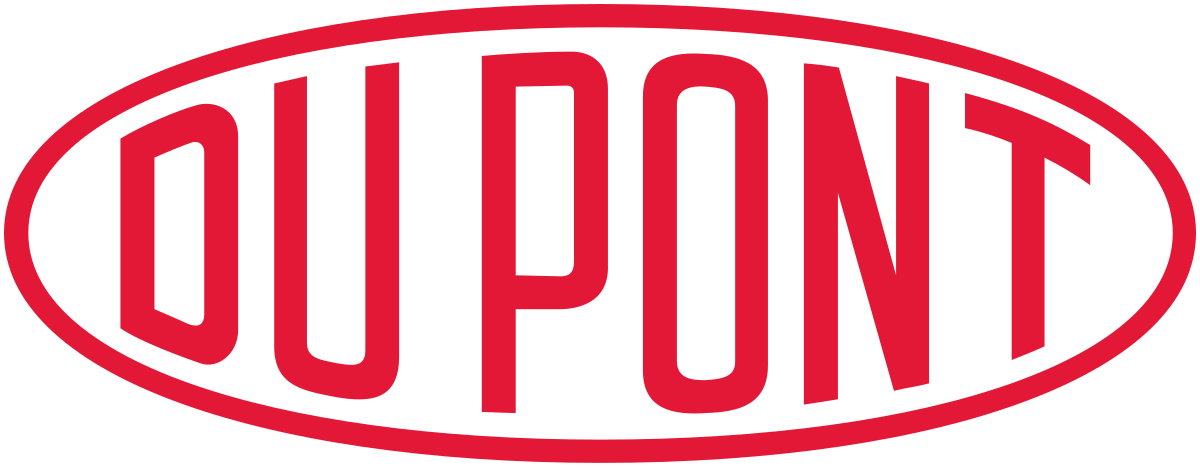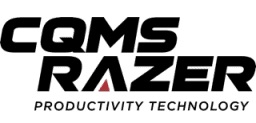Enzyme Replacement Therapy Market By Type of enzyme (Glucocerebrosidase, Alpha-Galactosidase, Iduronate-2-Sulfatase); By Application (Gaucher disease, Fabry disease, Pompe disease); By Product (Recombinant Enzymes, Plasma-Derived Enzymes); By Route of administration (Intravenous, Subcutaneous); By End-user (Hospitals, Clinics, Homecare); By Distribution channel (Retail Pharmacies, Online Pharmacies, Hospitals/Clinics); By Region (North America, Europe, Asia Pacific, Latin America, Middle East & Africa) - Global Market Analysis, Trends, Opportunity and Forecast, 2022-2032
Enzyme Replacement Therapy Market Insights
Enzyme replacement therapy (ERT) is a medical treatment that involves administering a selected enzyme to a private with a deficiency or malfunctioning enzyme. This therapy is primarily wont to treat certain genetic disorders, like Gaucher disease, Fabry disease, and Pompe disease. In these disorders, the body is unable to supply sufficient amounts of a specific enzyme or produces an enzyme that doesn't function properly resulting in the buildup of harmful substances within the body, which may cause damage to varied organs and tissues.
ERT works by providing the body with the missing or dysfunctional enzyme, allowing it to interrupt the accumulated substances and stop further damage. The enzyme is usually administered intravenously, with the frequency of treatment varying counting on the precise disorder and individual patient.
Enzyme Replacement Therapy Market
The global enzyme replacement therapy market size was valued at USD 9.5 billion in 2022 and is projected to grow at a compound annual rate of growth (CAGR) of around 7.5% from 2023 to 2032. The market is estimated to succeed in a worth of USD 19.5 billion by 2032. Factors driving the expansion of the enzyme replacement therapy market include the increasing prevalence of genetic disorders like Gaucher disease, Fabry disease, and Pompe disease, growing awareness about the advantages of enzyme replacement therapy, and advancements in technology resulting in the event of simpler therapies.
North America is currently the most important marketplace for enzyme replacement therapy, followed by Europe and Asia-Pacific attributed to the high prevalence of genetic disorders in these regions, also because of the presence of well-established healthcare infrastructure and favorable reimbursement policies.
Some of the key players operating within the enzyme replacement therapy market include Sanofi S.A., Shire Plc (acquired by Takeda drug company Limited), BioMarin Pharmaceutical Inc., Pfizer Inc., and AbbVie Inc., among others.
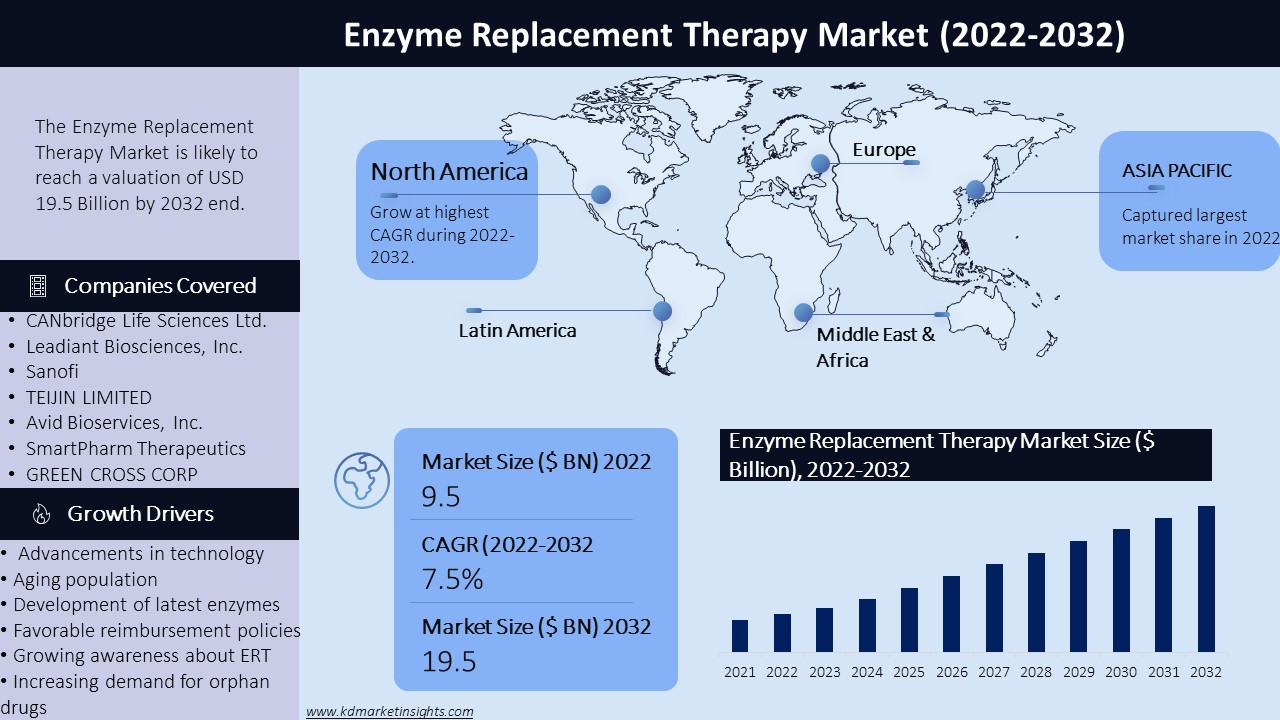
Enzyme Replacement Therapy Market Key Drivers
Some of the key drivers of the enzyme replacement therapy (ERT) market include:
- Advancements in technology: Advances in biotechnology and gene therapy are enabling the event of simpler enzyme replacement therapies, resulting in better patient outcomes.
- Aging population: The aging population is more vulnerable to genetic disorders, resulting in an increased demand for enzyme replacement therapies.
- Development of latest enzymes: Advances in gene-splicing and biotechnology have led to the event of the latest enzymes that are simpler and have fewer side effects.
- Favorable reimbursement policies: The supply of favorable reimbursement policies for enzyme replacement therapies in many countries is driving the expansion of the market.
- Growing awareness about ERT: The increasing awareness about the advantages of ERT among healthcare professionals and patients is resulting in greater adoption of those therapies.
- Increasing demand for orphan drugs: Orphan drugs, which include enzyme replacement therapies, are getting increasingly popular as they provide treatments for rare diseases that might otherwise not be developed thanks to a lack of profitability.
- Increasing healthcare expenditure: As the global population grows, so does healthcare expenditure, which creates a bigger marketplace for enzyme replacement therapy and other genetic treatments.
- Increasing investment in research and development: Many pharmaceutical companies are investing heavily in research and development to develop new and improved enzyme replacement therapies, which is driving the expansion of the market.
- Increasing prevalence of genetic disorders: The rising incidence of genetic disorders like Gaucher disease, Fabry disease, and Pompe disease is driving the demand for enzyme replacement therapies.
Enzyme Replacement Therapy Market Key Trend & Development
Some of the key research trends and developments in the enzyme replacement therapy (ERT) market include:
- Combination therapies: Combination therapies that combine ERTs with other sorts of treatments, like small molecule drugs, are being explored as to how to enhance the efficacy of ERTs.
- Development of biosimilars: Biosimilars, which are generic versions of biologic drugs, are being developed for a few ERTs. this might cause increased competition and lower costs for these therapies.
- Expanded indications: Researchers are exploring the utilization of ERTs for the treatment of the latest indications beyond traditional genetic disorders, like certain sorts of cancer and autoimmune diseases.
- Gene therapy: Gene therapy is an emerging field that has the potential to revolutionize the treatment of genetic disorders. Researchers are exploring the utilization of gene therapy to develop simpler ERTs.
- Novel delivery methods: Researchers are exploring new delivery methods for ERTs, like oral formulations and gene editing technologies, which could lead on to more convenient and effective treatments.
- Personalized medicine: Advances in personalized medicine are resulting in the event of more targeted ERTs that are tailored to the individual patient's specific genetic profile.
Enzyme Replacement Therapy Market Segmentation
The enzyme replacement therapy (ERT) market can be segmented based on various factors, including:
- By Type of enzyme
- Glucocerebrosidase
- Alpha-Galactosidase
- Iduronate-2-Sulfatase
- By Application
- Gaucher disease
- Fabry disease
- Pompe disease
- By Product
- Recombinant Enzymes
- Plasma-Derived Enzymes
- By Route of administration
- Intravenous
- Subcutaneous
- By End-user
- Hospitals
- Clinics
- Homecare
- By Distribution channel
- Retail Pharmacies
- Online Pharmacies
- Hospitals/Clinics
- By Region
- North America
- Europe
- Asia Pacific
- Latin America
- Middle East & Africa
|
Enzyme Replacement Therapy Market: Report Scope |
|
|
Base Year Market Size |
2021 |
|
Forecast Year Market Size |
2022-2032 |
|
CAGR Value |
7.5% |
|
Segmentation |
|
|
Challenges |
|
|
Growth Drivers |
|
Enzyme Replacement Therapy Market Key Challenges
While the enzyme replacement therapy (ERT) market has seen significant growth in recent years, there are also several key challenges that companies operating in this space must contend with, including:
- Competition from gene therapies: While ERTs are effective in managing symptoms, gene therapies offer the potential for a cure, which could limit the demand for ERTs in the future.
- Complex administration: Some enzyme replacement therapies require complex administration procedures, like intravenous infusions, which may be difficult for patients to manage.
- High competition and market saturation: The marketplace for enzyme replacement therapy is becoming increasingly competitive with the entry of many new companies within the market putting pressure on existing players to scale back prices and improve their products.
- High cost: Enzyme replacement therapy is often a costly treatment, with some therapies costing over $200,000 per annum making the treatment unaffordable for several patients and insurance companies, particularly in developing countries.
- Limited access to therapy: Access to enzyme replacement therapy is restricted in some regions thanks to a scarcity of reimbursement, lack of awareness, and inadequate healthcare infrastructure.
- Limited efficacy: Some enzyme replacement therapies might not be effective altogether in patients, or may only provide partial relief of symptoms.
- Limited patient population: While ERTs are effective in treating certain genetic disorders, the patient populations for these diseases are often small which may limit the potential market size for ERTs and make it difficult for companies to recoup their investment in developing and manufacturing these treatments.
- Manufacturing challenges: ERTs are complex biologic products that will be difficult to manufacture at scale. this will cause supply chain disruptions, manufacturing delays, and other challenges which will impact the supply of those treatments for patients.
- Potential side effects: Some enzyme replacement therapies can cause side effects like allergies, nausea, and fever.
- Regulatory challenges: ERTs are regulated by health authorities in various countries, and regulatory requirements can vary widely. this will make it difficult for companies to navigate the regulatory landscape and acquire approval for their products in several markets.
Enzyme Replacement Therapy Market Key Global Players
There are several key players in the enzyme replacement therapy (ERT) market, including:
- CANbridge Life Sciences Ltd.
- Leadiant Biosciences, Inc.
- Sanofi
- TEIJIN LIMITED
- Avid Bioservices, Inc.
- SmartPharm Therapeutics
- GREEN CROSS CORP
- Pfizer Inc.
- GlaxoSmithKline plc.
- BioMarin
- ALLERGAN
- Alexion Pharmaceuticals, Inc.
- Horizon Therapeutics plc
- Actelion Pharmaceuticals Ltd
- Protalix Biotherapeutics
- AbbVie Inc.
- Johnson & Johnson Services, Inc.
- Digestive Care, Inc.
- Takeda Pharmaceutical Company Limited
- Perseo Pharma AG
These companies and their ERT products play a big role within the global ERT market, which is predicted to still grow within the coming years as more treatments become available and therefore the demand for these therapies increases.

Need Customized Report for Your Business ?
Utilize the Power of Customized Research Aligned with Your Business Goals
Request for Customized Report- Quick Contact -
- ISO Certified Logo -
